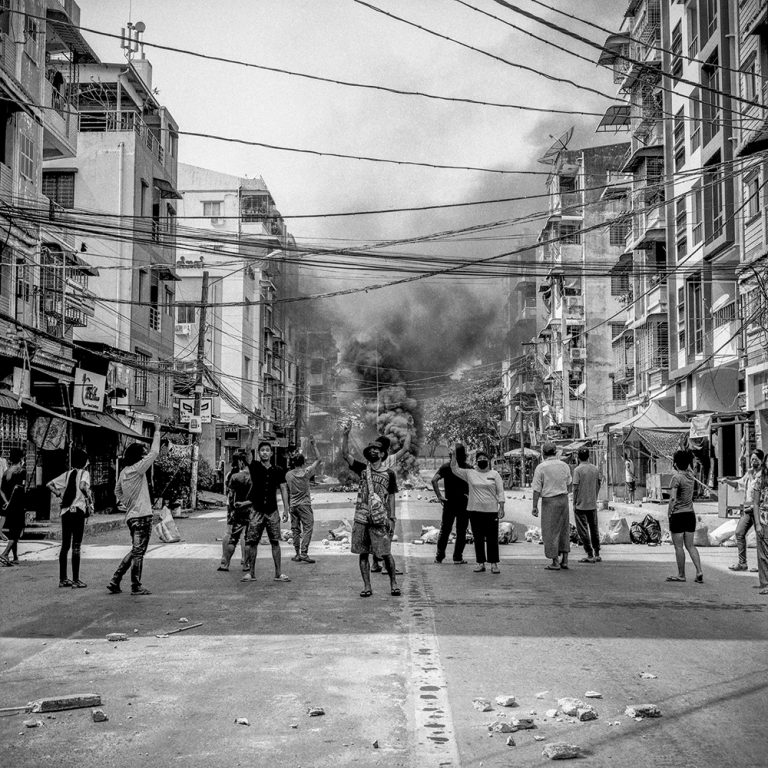Since gaining independence from colonial rule in 1948, Myanmar (Burma) has been primarily ruled by a military dictatorship following a coup in 1962. After elections in 2010, the military junta was replaced with a democratically elected government. Aung San Suu Kyi was released from house arrest and assumed the head of government role following further elections in 2015. Despite her prominence as a political prisoner and Nobel Peace Prize winner, the Myanmar government and military were severely criticized during her time in office for their role in the genocide against the Rohingya and their prosecution of journalists.
On 1 February 2021, Myanmar’s military leaders carried out another coup deposing the democratically elected government that was returned in late 2020. In response, protests became a nationwide uprising known as the Spring Revolution. Although these protests were peaceful in the beginning, they became increasingly violent as the military responded with deadly force, firing live ammunition at civilian protesters. The Assistance Association for Political Prisoners reports more than 9,400 people were arrested and 1,500 killed by junta forces in the months following the coup. By the end of 2021, the military was still in power. However, a parallel opposition government and its armed division prevented the military from consolidating complete control over the country, and resistance continued.
Journalists attempting to cover the resistance have faced intimidation, harassment, and violence. In a move to suppress reporting on the ongoing massacre of their own people, the military set about criminalizing journalism – revoking media licenses, ransacking newsrooms, beating, arresting, and imprisoning editors, reporters, and staff. According to Reporters Without Borders (RSF), 115 journalists were arrested in Myanmar in 2021 while covering protests or after being tracked down by the intelligence services, and three were killed.
Myanmar photographers have been documenting these events despite this hostile environment. They have continued to take to the streets, attend the funerals, enter the homes of the bereaved, and bear witness to the destruction of their country. As communications infrastructure has been gradually dismantled and financial services suspended, many of these photographers continued to work despite there being no immediate outlet for their images or economic incentive for their efforts. Their objective is to fulfill their responsibility to document their country’s situation to preserve and honor its history.
In this event, Ta Mwe, one of those Myanmar photographers, will present and discuss some of their work.
Ta Mwe is part of Sacca, a collective created after the 2021 military coup to support Myanmar photographers in their work, and we will be joined by the manager of Sacca.
This event was recorded and you can watch the video here
